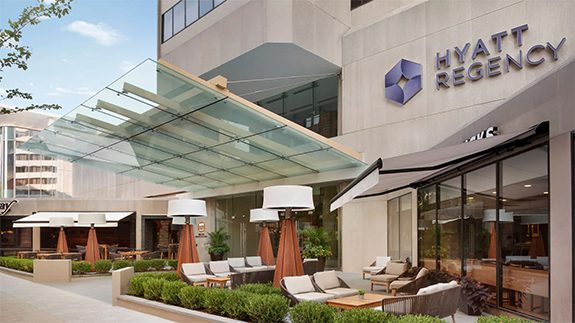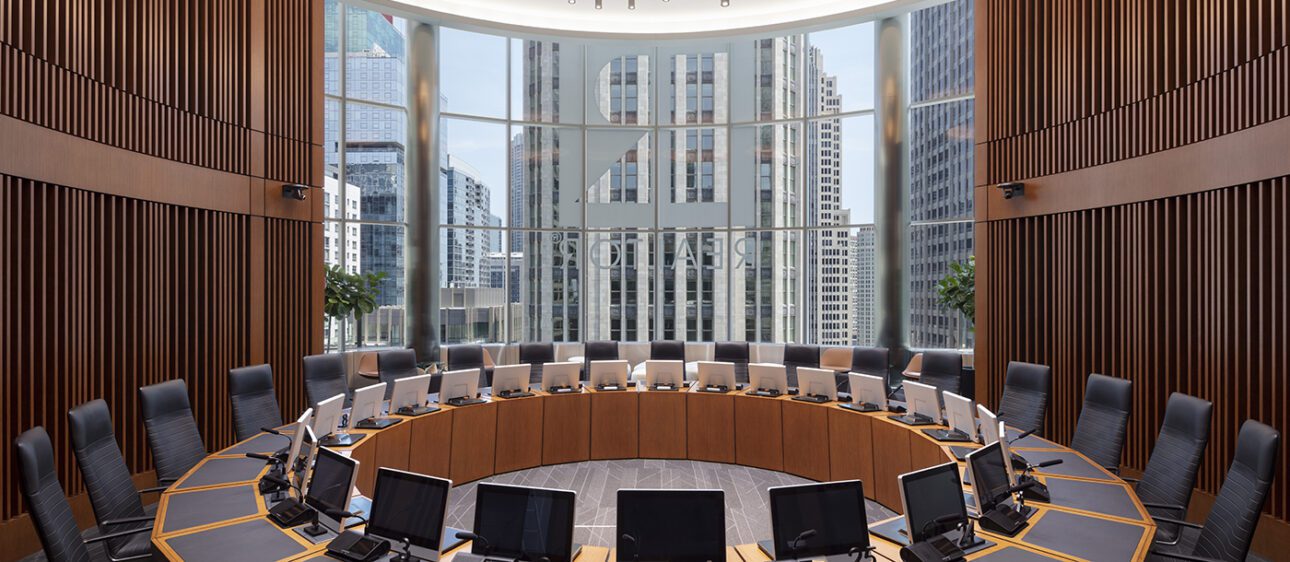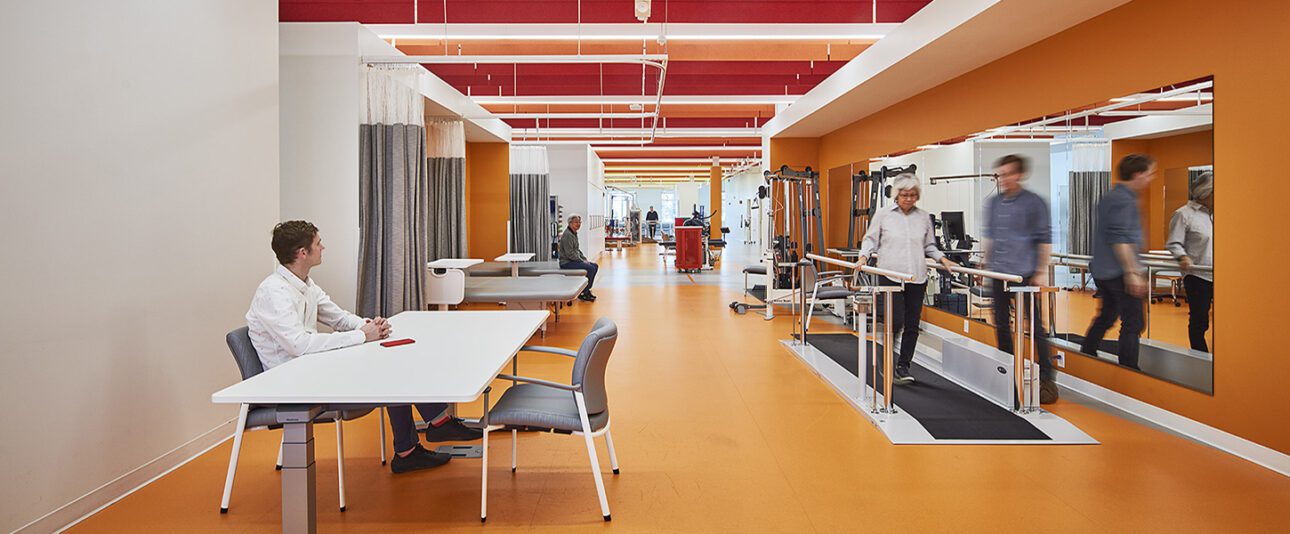This downtown hotel offers 393 rooms and features an event space for hosting functions of up to 1,300 people. GBA provided engineering design services, including major improvements to the hotel’s central plant.
- The project resulted in installation of 810 tons of cooling in two new centrifugal chillers and associated new pumps.
- Chillers were pre-purchased and were selected based on lowest life cycle cost.
- One chiller is equipped with a variable-frequency drive to allow for more energy efficient operation at low load.
- The MPLV of the machine with VFD is 0.381 kW/ton, and the MPLV of the machine without VFD is 0.546 kW/ton.
- Chillers were selected at 2.14 gpm/ton for optimum energy use (pumping vs. compressor energy).
- The heating hot water system was converted to primary-secondary piping and VFDs wer4e added to the heating water pumps.
- New pumps for all systems are equipped with premium-efficiency motors.
- Cooling tower sound levels were lowered dramatically, allowing the hotel to schedule outdoor functions.
- Boilers and chillers were shipped broken down and assembled in place.



